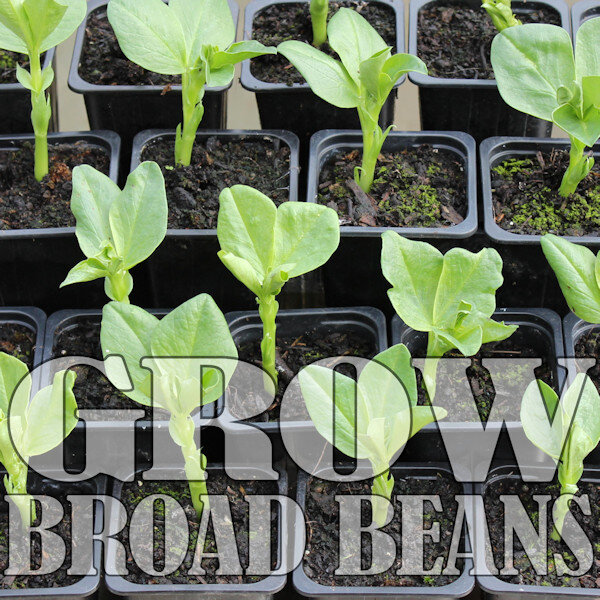
The allotment in June
June is another busy month on the allotment. We can hope for warm daytime temperatures and frost free nights so it should be safe to plant tender crops out into the allotment in June.
Sowing, planting out and harvesting are all on the agenda and with long hours of warm sunshine watering is important too. Plants that have insufficient water will become stressed and will quickly go to seed.
Weeds can grow at an alarming pace at this time of year. They compete with your crops for the nutrients in the soil so remember to hoe regularly. I hand weed the areas close to my young plants to avoid damaging them. Tackling small weeds is so much easier than trying to pull or dig them when they get established. It stops them setting seed too.
Quick growing early root crops like beetroot, turnips and carrots may need thinning out. If you have sown reasonably thinly this may not be necessary. To some extent they will jostle each other for space so I tend to wait until they are just about big enough to use before thinning. Thinning carrots releases the scent from the foliage which attracts carrot root fly so avoid if possible.
As early sowings begin to mature don’t forget that many vegetables, particularly quick to crop ones, will need to be sown in succession for a continuous crop through the summer and into autumn.
With the summer solstice on the twenty first of June these are the longest days of the year. Here in Wiltshire the sun will rise at about five o’clock in the morning and set at half past nine in the evening so there’s plenty of time to get things done. When your work is done don’t forget to take a rest, enjoy the cooling evening air, watch the sunset and listen to the birds. There are more rewards to be had than your harvest at the allotment in June.
Harvest from the allotment in June
The efforts of the past few months begin to come to fruition at the allotment in June.
Lettuce, radish and spring onions will be available for some nice fresh salad bowls. Early sowings of beetroot will be ready too.
In the legume bed broad beans should be ready to pick and early peas may also be coming into season.
Spring cabbage, summer cabbage and cauliflower may be available in the brassica bed. Spinach and chard will be available too.
If we planted early and conditions have been kind we may be lucky enough to have the first of our potatoes.
Sow indoors in June
There’s still time to sow courgettes, cucumbers, summer squashes, winter squashes and sweetcorn this month. A sunny window sill will be adequate but germination will be quicker in a heated propagator. These vegetables could also be sown direct in the allotment in June though germination may be less reliable due to weather and soil conditions and birds or rodents finding the seeds. The small, tender seedlings are susceptible to slug and snail damage too.
Remember to remove seedlings from the propagator as soon as they have germinated and place in a warm sunny spot. Harden off gradually before planting out as they outgrow their pots.
The greenhouse in June
If you didn’t move your tomatoes, indoor cucumber, chillies and peppers into the greenhouse last month it should be done in June.
Continue to water your plants regularly. The compost should not be allowed dry out completely but don’t overwater. Use a liquid feed in accordance with the manufacturer’s instructions. There is no benefit in feeding in excess of this.
Remember to open your greenhouse in the morning. This stops temperatures getting too high, permits ventilation and allows pollinators in. In exceptionally hot weather you may need to consider creating some shade. I usually close the greenhouse before sunset to retain some warmth but if daytime temperatures are high and night time temperatures are predicted to remain above 10C it can be left open. The greenhouse will then be a little less likely to overheat the following day.
Stake your plants as they grow. Cordon tomatoes will need their side shoots cut out regularly. This is not necessary for bush varieties.
Runner beans, French beans and peas can be sown in June and it’s the last chance to sow late varieties of broad bean. Once germinated they should be put outside in the daytime to avoid excessive heat and to harden off. All will do equally well in a cold frame and can be sown direct in the allotment in June too. I prefer to start my beans and peas at home rather than at the allotment as it’s easier to protect them from mice, birds, slugs and snails. It’s more convenient for watering too, but remember that plants in pots will dry out much more quickly than those in the ground.
Sow in the allotment in June
Continue successional sowings of root vegetables like beetroot, carrots, turnips and spring onions, radish and salad crops in the allotment in June.
If you haven’t sown parsnip yet, or if the ones you have sown haven’t germinated, early June is probably the latest you should sow. Parsnips are notoriously difficult to germinate and I usually sow two or three times. Often early sowings that you assume to have failed germinate later and you get a bumper crop, but better to have too many than too few. They keep well in the ground and freeze well too.
Winter brassicas like savoy, purple sprouting broccoli and kale can also be started in the allotment in May. They can be started in modules in the greenhouse or cold frame if you prefer but remember not to let them get too hot or dry out.
Plant out in the allotment in June
Calabrese, cauliflower and summer cabbage sown under cover earlier in the year can be planted in the allotment in June. I wait until the plants have four to six leaves and are quite sturdy before doing this. Continue to sow for successional crops over a long period.
Covering your brassicas with netting will keep them safe from pigeons and protect against cabbage white butterfly caterpillar infestation.
Plant out broad beans, runner beans, French beans and peas that you have started in pots earlier in the year as the become established. Similarly, root vegetables like beetroot and celeriac can be planted out. Remember to water well when transplanting and as the young plants settle in.
Continue to earth up your potatoes in the allotment in June. This will ensure the growing tubers are protected from the sunlight which turns them green and mildly toxic.



